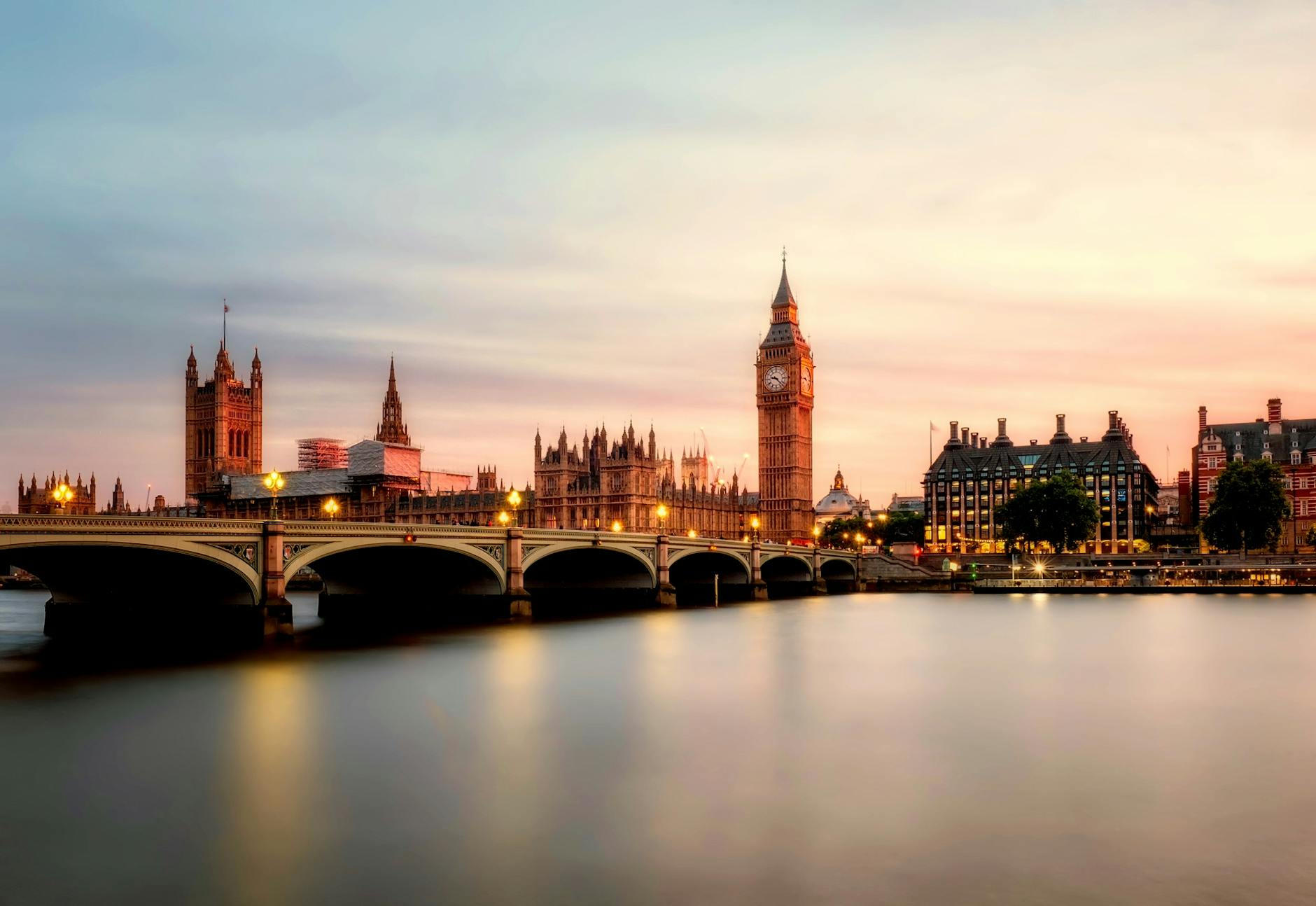Europe’s Night Trains: A Resurgent Travel Option
Exploring the growing appeal of overnight rail journeys across the continent.
A rekindled interest in the romantic and practical advantages of overnight train travel is sweeping across Europe, with a growing number of travelers opting for sleeper carriages as an alternative to short-haul flights and lengthy car journeys. This trend, often characterized as a “sleeper hit,” highlights a shift in travel preferences, driven by a combination of environmental consciousness, a desire for a more relaxed travel experience, and evolving infrastructure.
The Allure of the Overnight Journey
For many, the appeal lies in the ability to wake up in a new city, having effectively “used” travel time for rest. The experience is often described as a more immersive and less stressful way to cover significant distances. Unlike the hurried atmosphere of airports, night trains offer a sense of calm and an opportunity to disconnect. Travelers can enjoy dinner in a dining car, retire to a private compartment, and wake to the changing landscapes outside their window, often arriving directly in the heart of a city.
Factors Driving the Revival
Several converging factors are contributing to this resurgence. Increased awareness of the environmental impact of air travel is a significant motivator for many choosing trains. The European Union and various national governments have also shown support for rail infrastructure, recognizing its role in sustainable mobility. Investment in modernizing rolling stock, including sleeper and couchette carriages, is making these journeys more comfortable and appealing than in previous decades. Furthermore, the desire for a more authentic and slower travel experience, often termed “slow travel,” aligns well with the nature of long-distance train journeys.
Expanding Networks and New Services
Operators across Europe are responding to this demand by expanding existing routes and introducing new night train services. Countries like Austria, with ÖBB’s Nightjet network, have been at the forefront, connecting major cities and offering a comprehensive range of accommodation options, from basic couchettes to private sleeper compartments. Neighboring countries and private operators are also investing, with new connections being established or revived between previously underserved cities. This expansion aims to create a more integrated and accessible pan-European night train network, making it a viable option for a wider range of itineraries.
Comparing Travel Options: Efficiency and Experience
When considering travel between major European hubs, the night train often presents a compelling case. While flight times might appear shorter on paper, the total travel time including airport transfers, security checks, and waiting periods can be substantial. Night trains, by contrast, allow travelers to board in the evening and arrive in the morning, minimizing the loss of daytime hours. Moreover, the onboard experience, from the ambiance of the sleeper compartment to the rhythm of the journey, offers a distinct contrast to the often-impersonal nature of air travel. The ability to carry more luggage without strict restrictions is another practical advantage cited by proponents.
Challenges and Considerations
Despite the growing popularity, challenges remain. The cost of night train tickets can sometimes be higher than budget airline fares, especially for private compartments, though this often reflects the value of overnight accommodation and the all-inclusive nature of the journey. Some routes may still suffer from less frequent services or older rolling stock, though improvements are ongoing. Furthermore, the integration of ticketing and scheduling across different national operators can sometimes be complex for travelers planning multi-leg journeys, though efforts are underway to streamline these processes.
The Future of European Night Travel
The trend suggests that night trains are more than just a nostalgic revival; they represent a practical and sustainable approach to European travel for the modern era. As investment continues and networks expand, these services are likely to become an even more integral part of the continent’s transportation landscape. Travelers seeking a unique, comfortable, and environmentally conscious way to explore Europe may find the returning sleeper train a compelling choice.
Key Takeaways for Travelers:
- Night trains offer a relaxed and efficient way to travel between European cities, saving daytime hours.
- Environmental benefits are a significant draw compared to short-haul flights.
- Comfort levels vary, from couchettes to private sleeper compartments, catering to different budgets.
- Booking in advance is often recommended, especially for popular routes and peak travel times.
- Travelers should research specific operator services and on-board amenities.
Planning Your Overnight Journey:
For those interested in experiencing Europe by night train, resources from national rail operators and dedicated night train platforms can provide detailed route information, booking options, and pricing. Popular operators include ÖBB (Austria), SBB (Switzerland), and SNCF (France), among others. Exploring official railway websites will offer the most accurate and up-to-date information for planning your trip.
Further Information:
- ÖBB Nightjet Official Website – Information on a major European night train network.
- The Man in Seat 61 – A comprehensive and respected resource for international train travel planning.


























